Analysis on Deflection of Projectile Penetrating into Composite Concrete Targets
Abstract
1. Introduction
2. Theoretical Framework of Deflection Analysis of Projectile
2.1. Composite Target Plate
2.2. Dynamic Equation of Projectile
2.3. Dynamic Equation of Diamond-Shaped Moving Target
2.4. Deflection Model
3. Penetration Tests
3.1. Target and Projectile
3.2. Experimental Arrangement
4. Results and Discussion
4.1. The Influence of Impact Velocity of Projectile
4.2. The Influence of Impact Position
4.3. The Influence of Moving Target
5. Conclusions
Author Contributions
Funding
Conflicts of Interest
References
- Li, Q.M.; Reid, S.R.; Wen, H.M.; Telford, A.R. Local impact effects of hard missiles on concrete targets. Int. J. Impact. Eng. 2005, 32, 224–284. [Google Scholar] [CrossRef]
- Bruhl, J.C.; Varma, A.H.; Johnson, W.H. Design of composite SC wall to prevent perforation from missile impact. Int. J. Impact. Eng. 2015, 75, 75–87. [Google Scholar] [CrossRef]
- Hanchak, S.J.; Forrestal, M.J.; Young, E.R.; Ehrgott, J. Perforation of concrete slabs with 48 MPa (7ksi) and 140 MPa (20ksi) unconfined compressive strengths. Int. J. Impact. Eng. 1992, 12, 1–7. [Google Scholar] [CrossRef]
- Forrestal, M.J.; Frew, D.J.; Hanchak, S.J.; Brar, N.S. Penetration of grout and concrete targets with ogive-nose steel projectiles. Int. J. Impact. Eng. 1996, 18, 465–476. [Google Scholar] [CrossRef]
- Forrestal, M.J.; Frew, D.J.; Hickerson, J.P.; Rohwer, T.A. Penetration of concrete targets with deceleration-time measurements. Int. J. Impact Eng. 2003, 28, 479–497. [Google Scholar] [CrossRef]
- Frew, D.J.; Forrestal, M.J.; Cargile, J.D. The effect of concrete target diameter on projectile deceleration and penetration depth. Int. J. Impact Eng. 2006, 32, 1584–1594. [Google Scholar] [CrossRef]
- Li, Q.M.; Chen, X.W. Dimensionless formulae for penetration depth of concrete target impacted by a non-deformable projectile. Int. J. Impact Eng. 2003, 28, 93–116. [Google Scholar] [CrossRef]
- Frew, D.J.; Forrestal, M.J.; Hanchak, S.J. Penetration experiments with limestone targets and ogive-nose steel projectiles. ASMEJ Appl. Mech. 2000, 67, 841–845. [Google Scholar] [CrossRef]
- Cao, Y.; Li, P.; Brouwers, H.; Yu, Q. Resistance of Multi-Layered UHPFRC against in-service projectile: Experimental Investigation and Modelling Prediction. Compos. Struct. 2020, 244, 112295. [Google Scholar] [CrossRef]
- Fu, H.; Gao, S.; Jin, L.; Wu, Q. Research on the acceleration phenomenon of projectile leaving the target when penetrating thick concrete target. Int. J. Impact Eng. 2022, 164, 104191. [Google Scholar] [CrossRef]
- Forrestal, M.J.; Brar, N.S.; Luk, V.K. Penetration of strain-hardening targets with rigid spherical-nose rods. ASME J. Appl. Mech. 1991, 58, 7–10. [Google Scholar] [CrossRef]
- Piekutowiski, A.J.; Forrestal, M.J.; Poormon, K.L.; Warren, T.L. Penetration of 6061-T6511 Aluminum targets by ogive-nose steel projectiles with striking velocities between 0.5 and 3.0 km/s. Int. J. Impact. Eng. 1999, 23, 723–734. [Google Scholar] [CrossRef]
- Forrestal, M.J.; Piekutowiski, A.J. Penetration experiments with 6061-T6511 aluminum targets and spherical-nose steel projectiles at striking velocities between 0.5 and 3.0 km/s. Int. J. Impact. Eng. 2000, 24, 57–67. [Google Scholar] [CrossRef]
- Forrestal, M.J.; Hanchak, S.J. Penetration limit velocity for ogive-nose projectiles and limestone targets. ASME J. Appl. Mech. 2002, 69, 853–854. [Google Scholar] [CrossRef]
- Warren, T.L.; Fossum, A.F.; Frew, D.J. Penetration into low-strength (23MPa) concrete: Target characterization and simulations. Int. J. Impact. Eng. 2004, 30, 477–503. [Google Scholar] [CrossRef]
- Luk, V.K.; Forrestal, M.J. Penetration into semi-infinite reinforced-concrete targets with spherical and ogival-nose projectiles. Int. J. Impact. Eng. 1987, 6, 291–301. [Google Scholar] [CrossRef]
- Forrestal, M.J.; Tzou, D.Y. A spherical cavity-expansion penetration model for concrete targets. Int. J. Solids Struct. 1997, 34, 4127–4146. [Google Scholar] [CrossRef]
- Alekseevskii, V.P. Penetration of a Rod into a Target at High Velocity. In Combustion, Explosions and Shock Waves; Faraday Press: New York, NY, USA, 1966; pp. 63–66. [Google Scholar]
- Tate, A. Further results in the theory of long rod penetration. J. Mech. Phys. Solids 1969, 17, 141–150. [Google Scholar] [CrossRef]
- Tai, Y.S. Flat ended projectile penetrating ultra-high strength concrete plate target. Theor. Appl. Fract. Mech. 2009, 51, 117–128. [Google Scholar] [CrossRef]
- Dancygier, A.N.; Yankelevsky, D.Z. High strength concrete response to hard projectile impact. Int. J. Impact. Eng. 1996, 18, 583–599. [Google Scholar] [CrossRef]
- Zhang, M.; Shim, V.; Lu, G.; Chew, C. Resistance of high-strength concrete to projectile impact. Int. J. Impact. Eng. 2005, 31, 825–841. [Google Scholar] [CrossRef]
- Dancygier, A.N.; Yankelevsky, D.Z.; Jaegermann, C. Response of high performance concrete plates to impact of non-deforming projectiles. Int. J. Impact. Eng. 2007, 34, 1768–1779. [Google Scholar] [CrossRef]
- Ren, F.; Mattus, C.H.; Wang, J.-A.; DiPaolo, B.P. Effect of projectile impact and penetration on the phase composition and microstructure of high performance concretes. Cem. Concr. Compos. 2013, 41, 1–8. [Google Scholar] [CrossRef]
- Riedel, W.; Nöldgen, M.; Straßburger, E.; Thoma, K.; Fehling, E. Local damage to ultra high performance concrete structures caused by an impact of aircraft engine missiles. Nucl. Eng. Des. 2010, 240, 2633–2642. [Google Scholar] [CrossRef]
- Wan, F.; Jiang, Z.; Tan, Q.; Cao, Y. Response of steel-tube-confined concrete targets to projectile impact. Int. J. Impact. Eng. 2016, 94, 50–59. [Google Scholar] [CrossRef]
- Song, D.; Tan, Q.; Zhan, H.; Liu, F.; Jiang, Z. Experimental investigation on the cellular steel-tube-confined concrete targets against projectile impact. Int. J. Impact. Eng. 2019, 131, 94–110. [Google Scholar] [CrossRef]
- Johnson, K.L. Contact Mechanics; Cambridge University Press: Cambridge, UK, 1985. [Google Scholar]
- Thornton, C. Coefficient of restitution for collinear collisions of elastic-perfectly plastic spheres. ASME J. Appl. Mech. 1997, 64, 383–386. [Google Scholar] [CrossRef]
- Wu, Y.; Tao, X.; Xue, Y. Analytical investigation of ricochet range of ogive-shaped nose projectile obliquely penetrating thick steel target. Appl. Sci. 2022, 12, 4692. [Google Scholar] [CrossRef]
- Goldsmith, W. Non-ideal projectile impact on targets. Int. J. Impact. Eng. 1999, 22, 95–395. [Google Scholar] [CrossRef]
- Liu, Y.J.; Li, D.; Hou, H.L.; Zhao, Z.J.; Xie, Y. Experimental study on anti-penetration mechanism of bolted composite protective structure with limited span under impact of low-velocity projectile. Def. Technol. 2022, 18, 995–1005. [Google Scholar] [CrossRef]
- Bao, J.W.; Wang, Y.W.; An, R.; Cheng, H.W.; Wang, F.C. Investigation of the mechanical and ballistic properties of hybrid carbon/ aramid woven laminates. Def. Technol. 2022, 18, 1822–1833. [Google Scholar] [CrossRef]
- Masri, R.; Ryan, S. Ballistic limit predictions of non-identical layered targets perforated in ductile hole formation. Int. J. Impact Eng. 2022, 171, 104391. [Google Scholar] [CrossRef]
- Li, L.; Zhang, Q.C.; Lu, T.J. Ballistic penetration of deforming metallic plates: Experimental and numerical investigation. Int. J. Impact Eng. 2022, 170, 104359. [Google Scholar] [CrossRef]
- He, Y.Y.; Zhang, Z.H.; Yang, S.Y.; Wang, H.K.; Cheng, X.W.; Liu, L.J.; Jia, X.T. Deformation and fracture mechanism of Ti-6Al-4V target at high and hyper velocity impact. Int. J. Impact Eng. 2022, 169, 104312. [Google Scholar] [CrossRef]
- Thompson, S.; Teixeira-Dias, F.; Paulino, M.; Hamilton, A. Ballistic response of armour plates using generative adversarial networks. Def. Technol. 2022, 18, 1513–1522. [Google Scholar] [CrossRef]
- Ma, J.J.; Chen, J.J.; Guan, J.W.; Lin, Y.X.; Chen, W.X.; Huang, L.C. Implementation of Johnson-Holmquist-Beissel model in four-dimensional lattice spring model and its application in projectile penetration. Int. J. Impact Eng. 2022, 170, 104340. [Google Scholar] [CrossRef]
- Li, Z.J.; Fang, R.Y.; Qiu, S.; Chen, W.S.; Hao, H.; Kong, Q.Z.; Shi, Y.C. Performance of sandwich cladding with modular truncated square pyramid foldcore under projectile impact. Int. J. Impact Eng. 2022, 166, 104258. [Google Scholar] [CrossRef]
- Cheng, Y.H.; Zhou, F.; Wu, H.; Fang, Q. Resistance of composite target against combined effects of large caliber projectile penetration and successive charge explosion. Int. J. Impact Eng. 2022, 168, 104288. [Google Scholar]
- Slimane, S.A.; Slimane, A.; Guelailia, A.; Boudjemai, A.; Kebdani, S.; Smahat, A.; Mouloud, D. Hypervelocity impact on honeycomb structure reinforced with bi-layer ceramic/aluminum facesheets used for spacecraft shielding. Mech. Adv. Mater. Struct. 2021. [Google Scholar] [CrossRef]
- Ren, K.; Feng, S.; Chen, Z.; Zhao, T.; Yin, L.; Fu, J. Study on the Penetration Performance of a 5.8 mm Ceramic Composite Projectile. Materials 2021, 14, 721. [Google Scholar] [CrossRef]
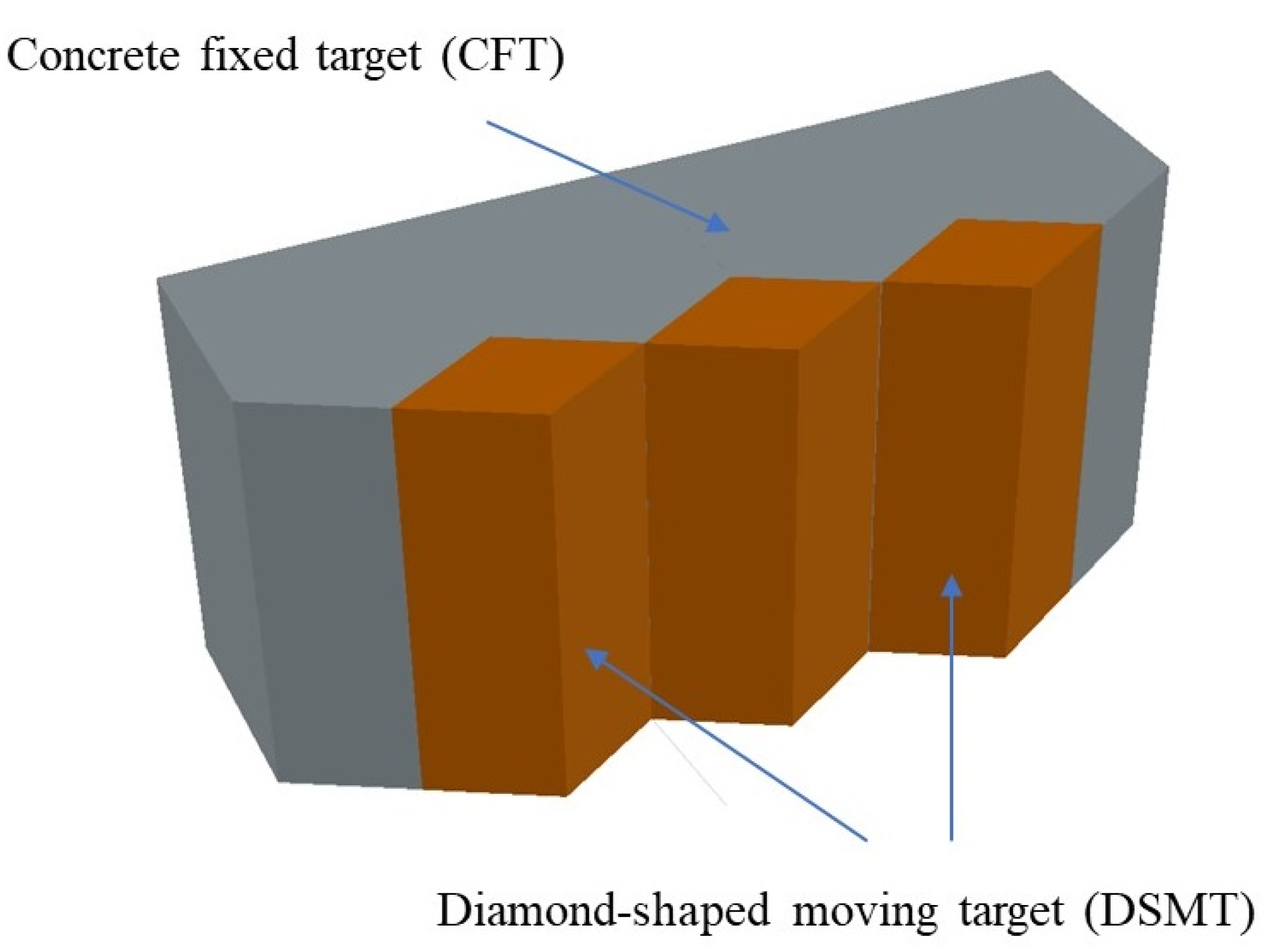
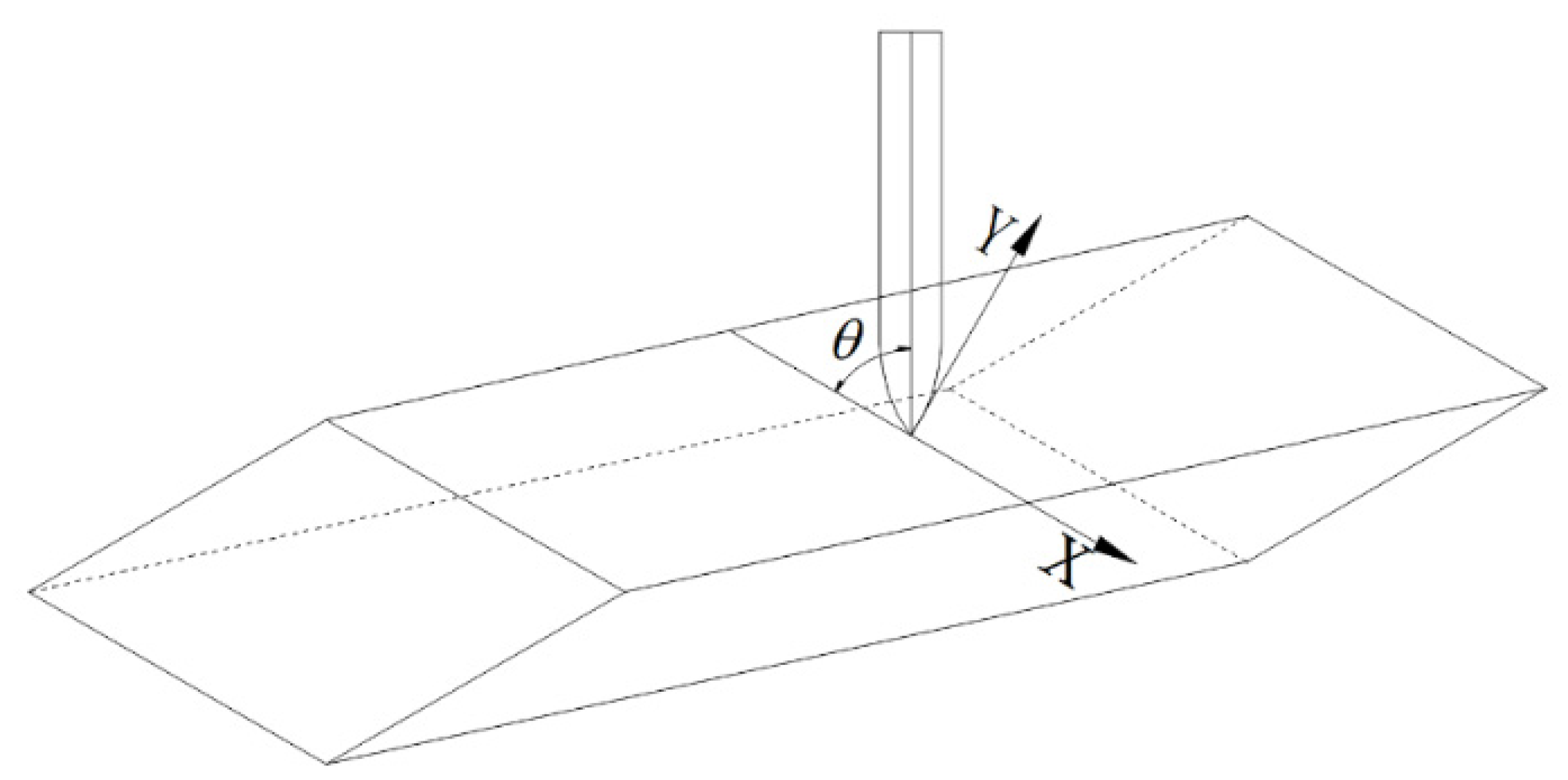
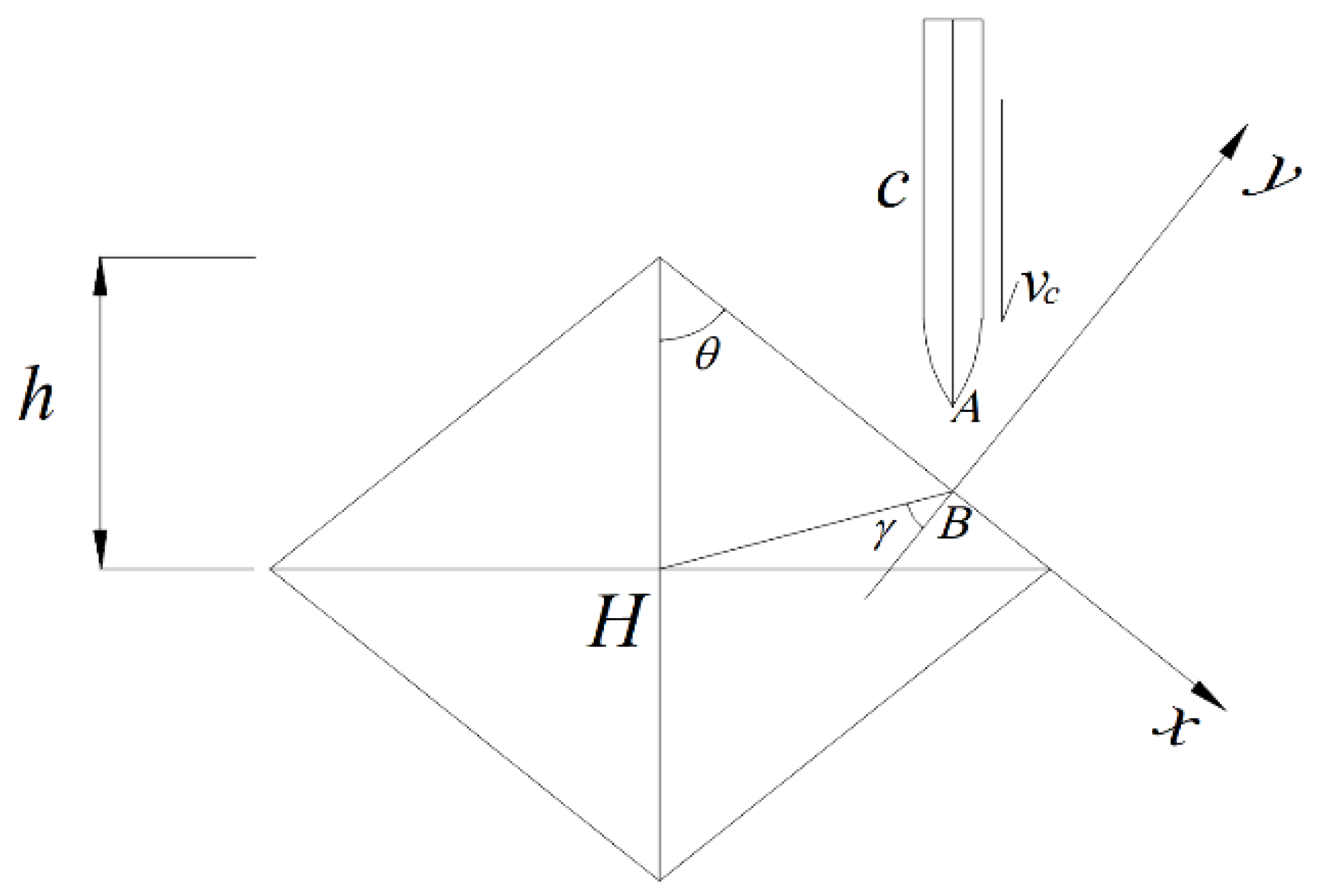
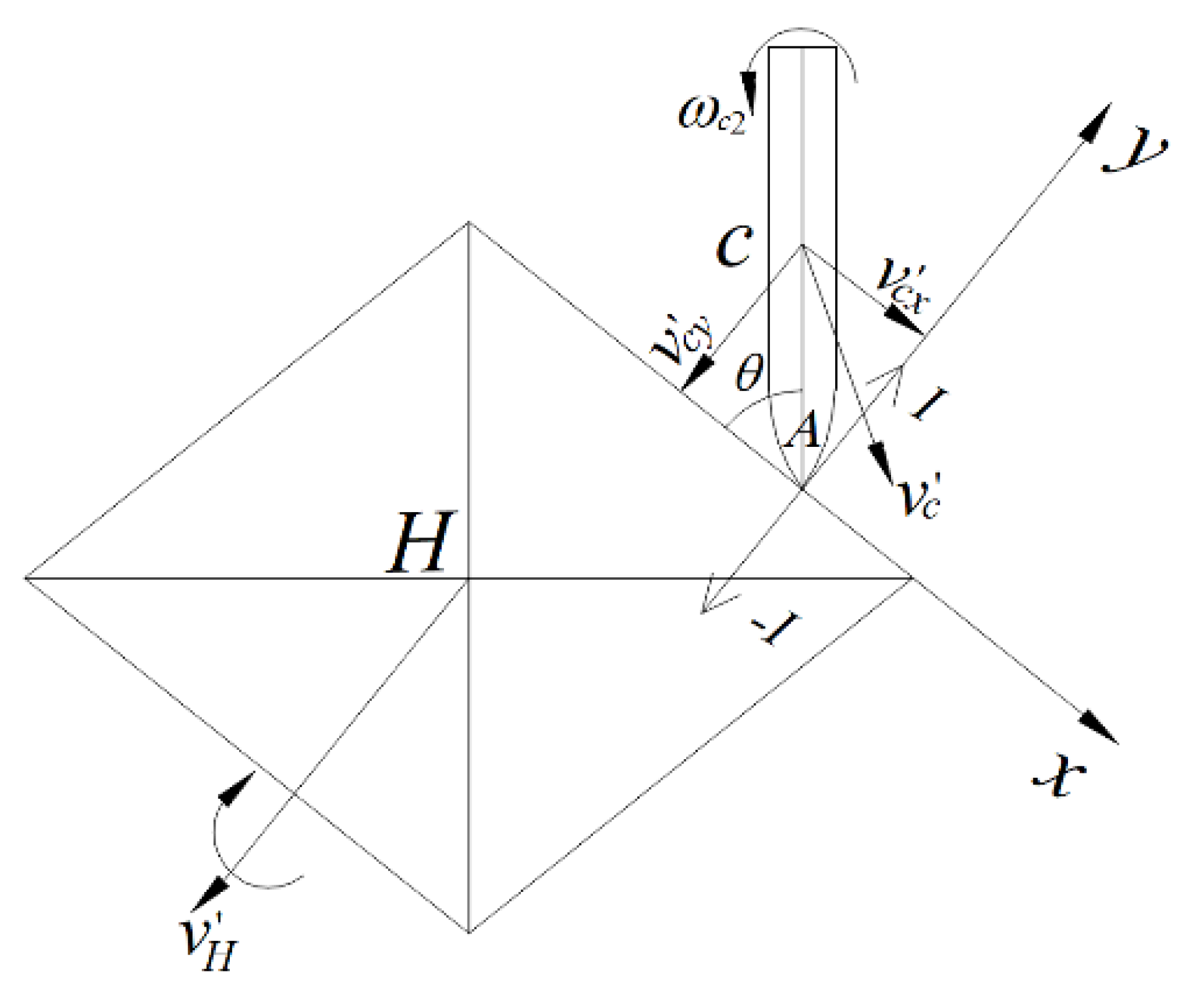
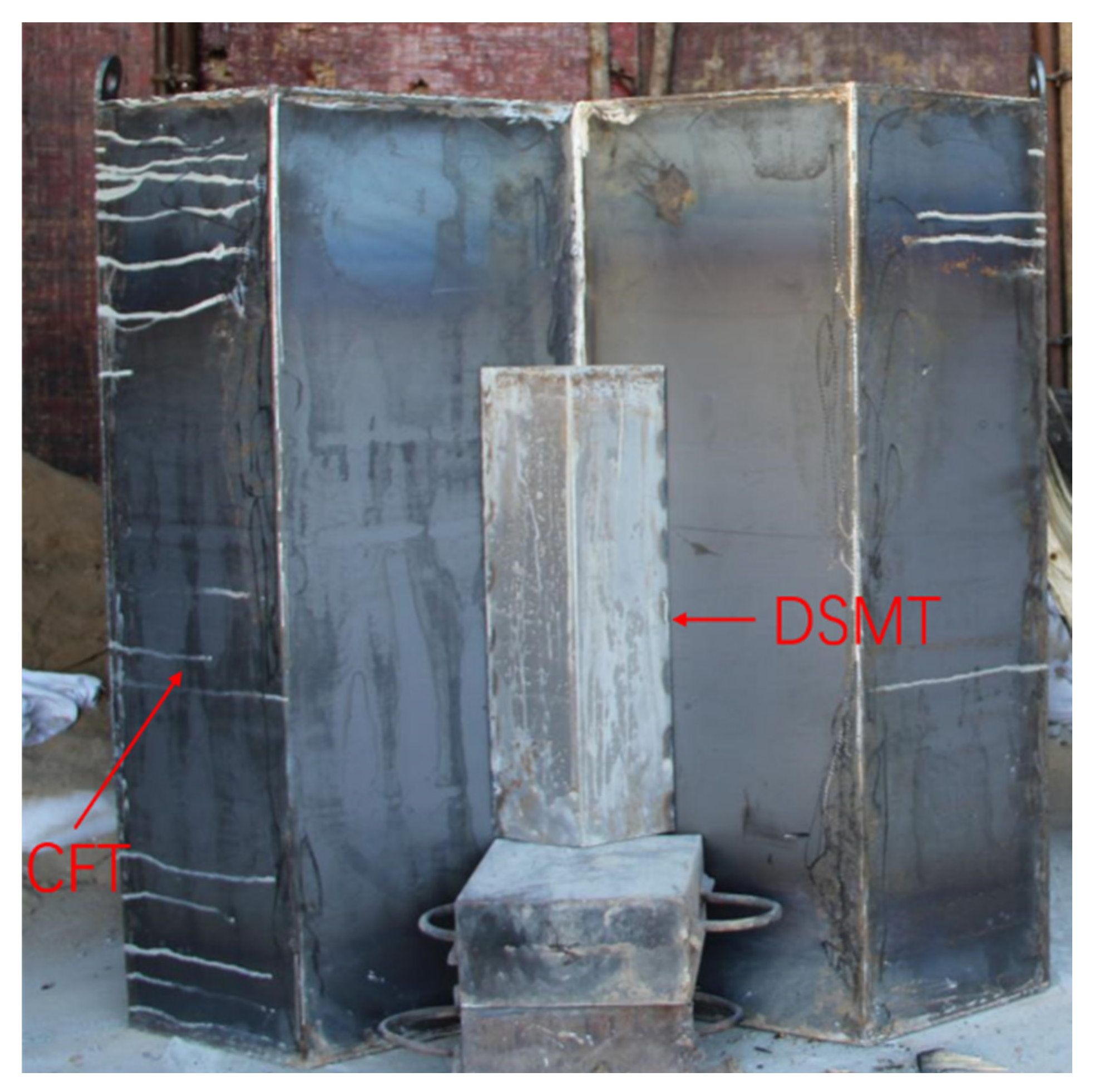
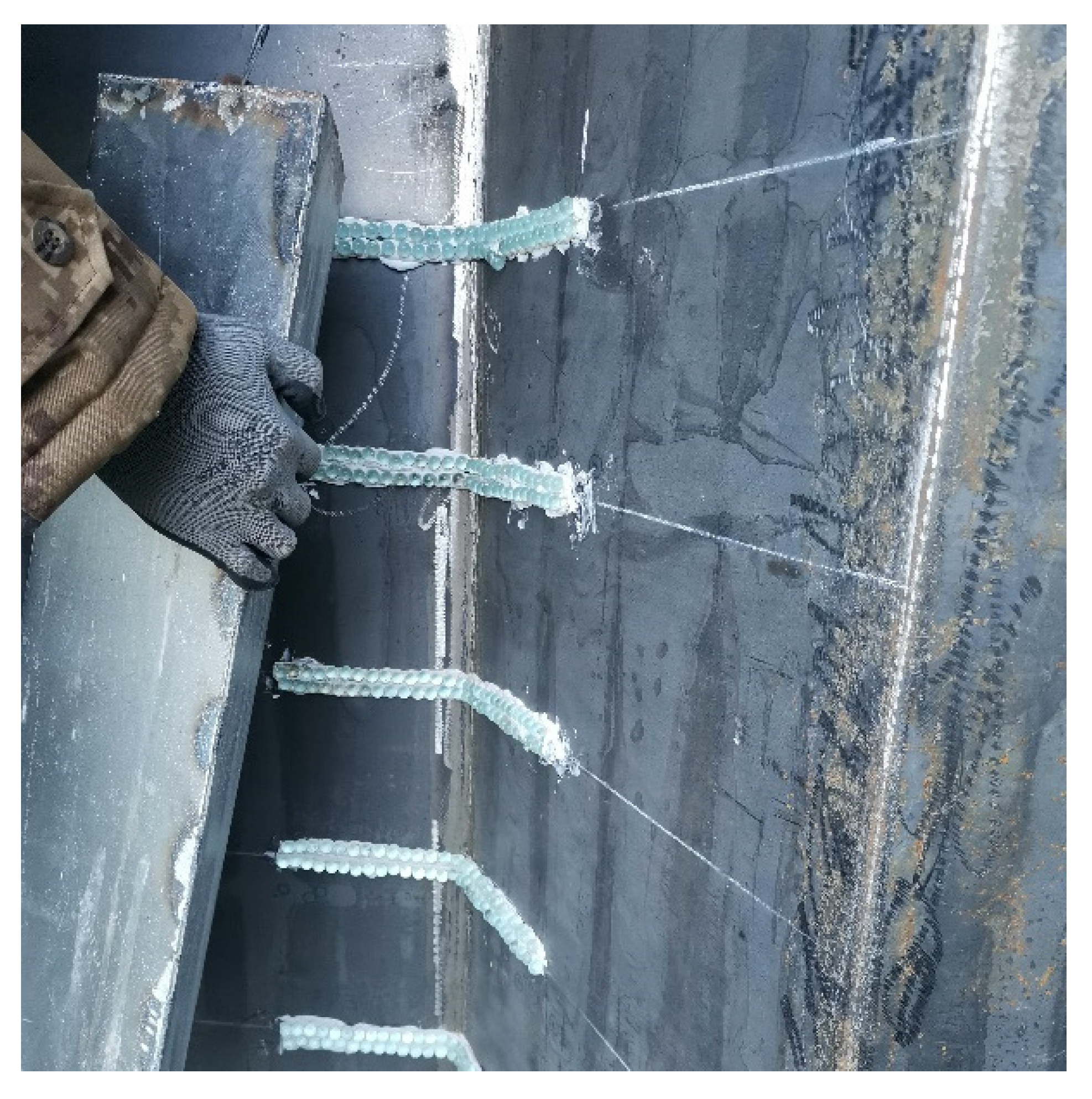
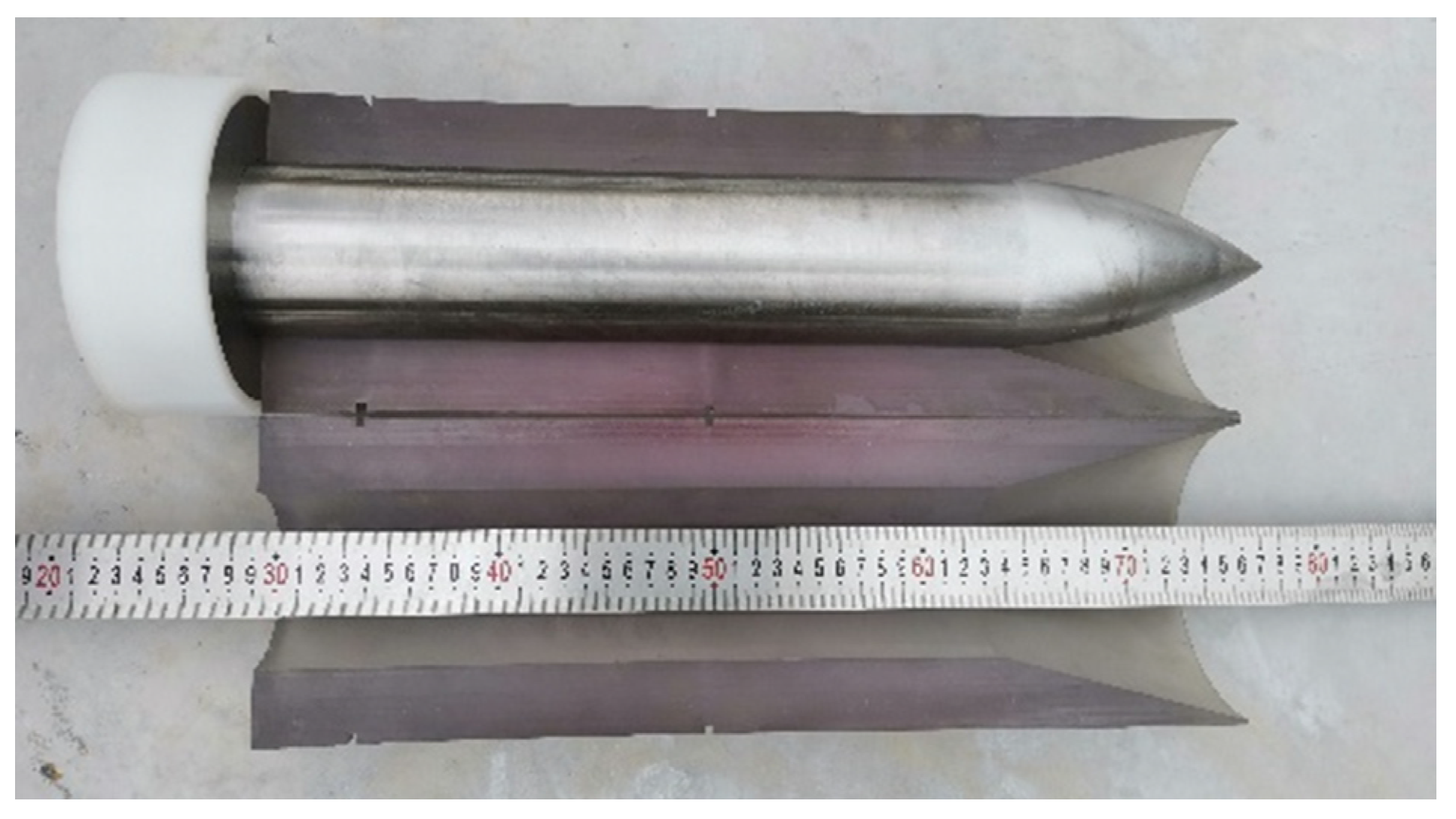
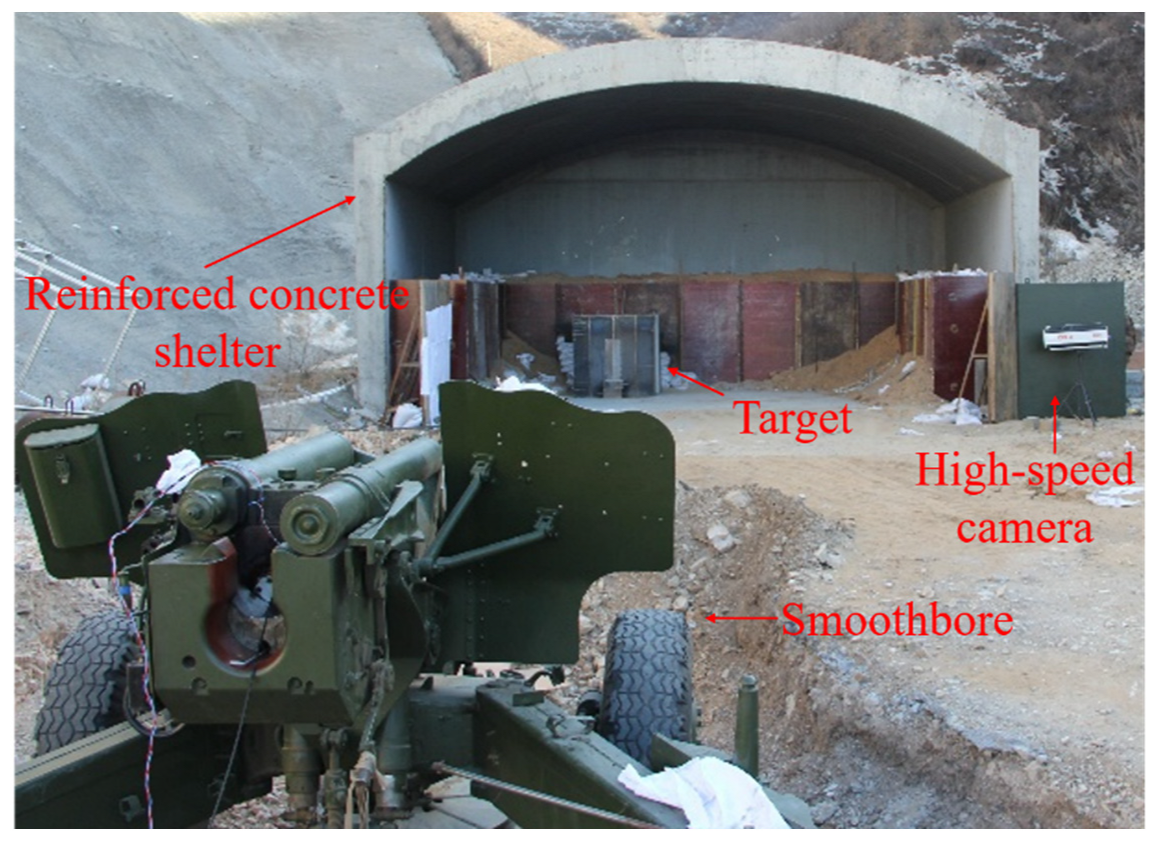
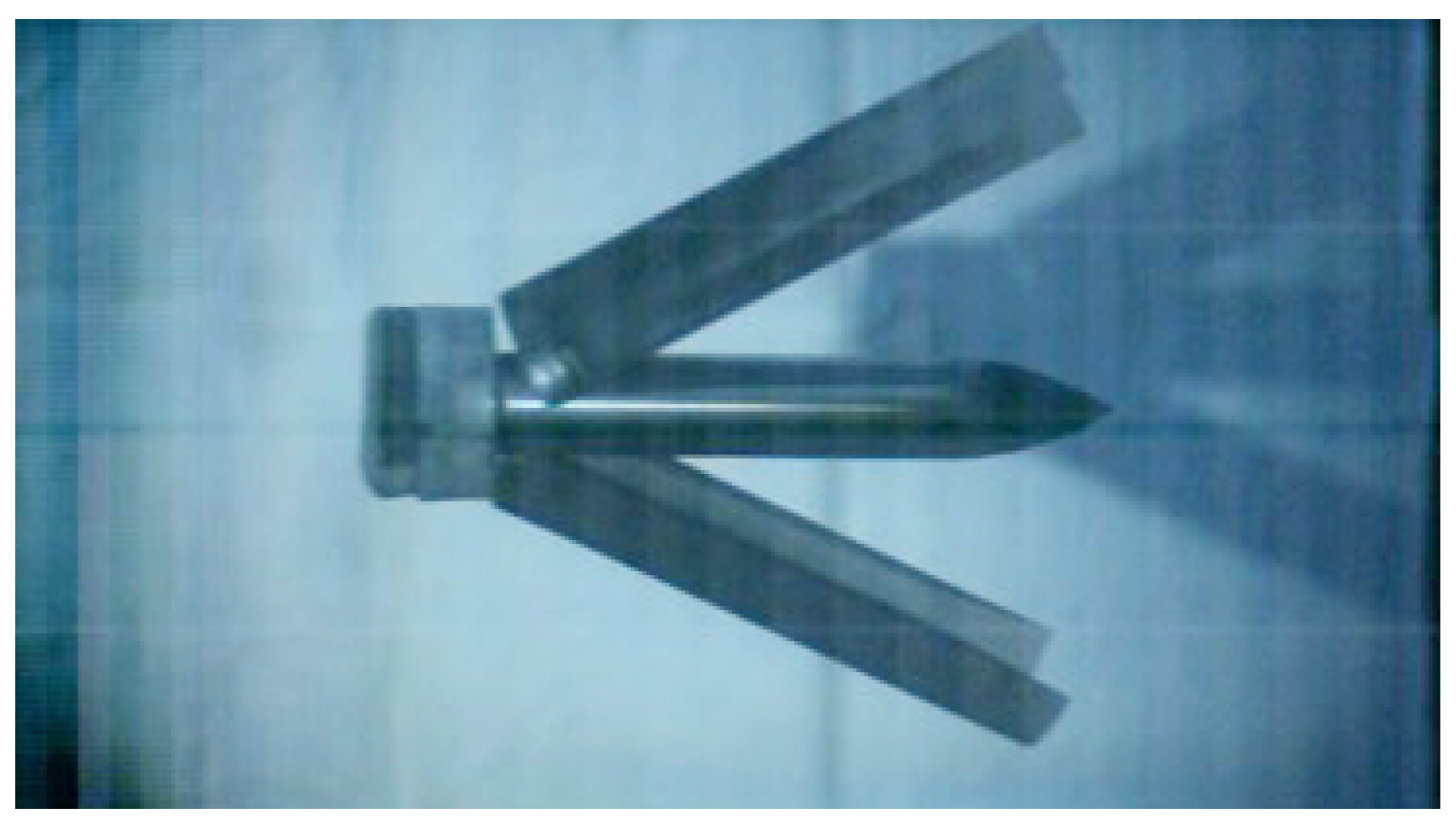
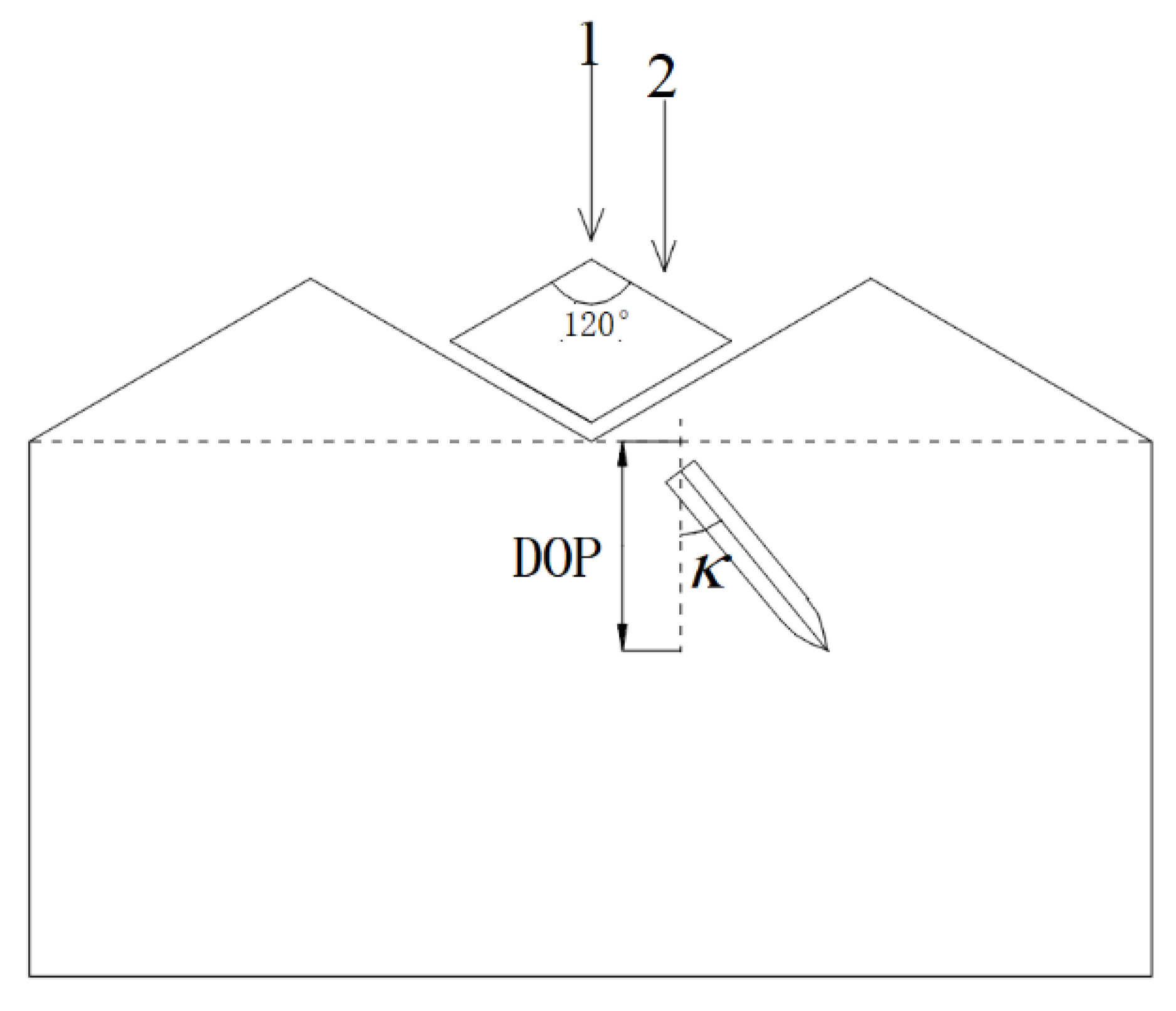
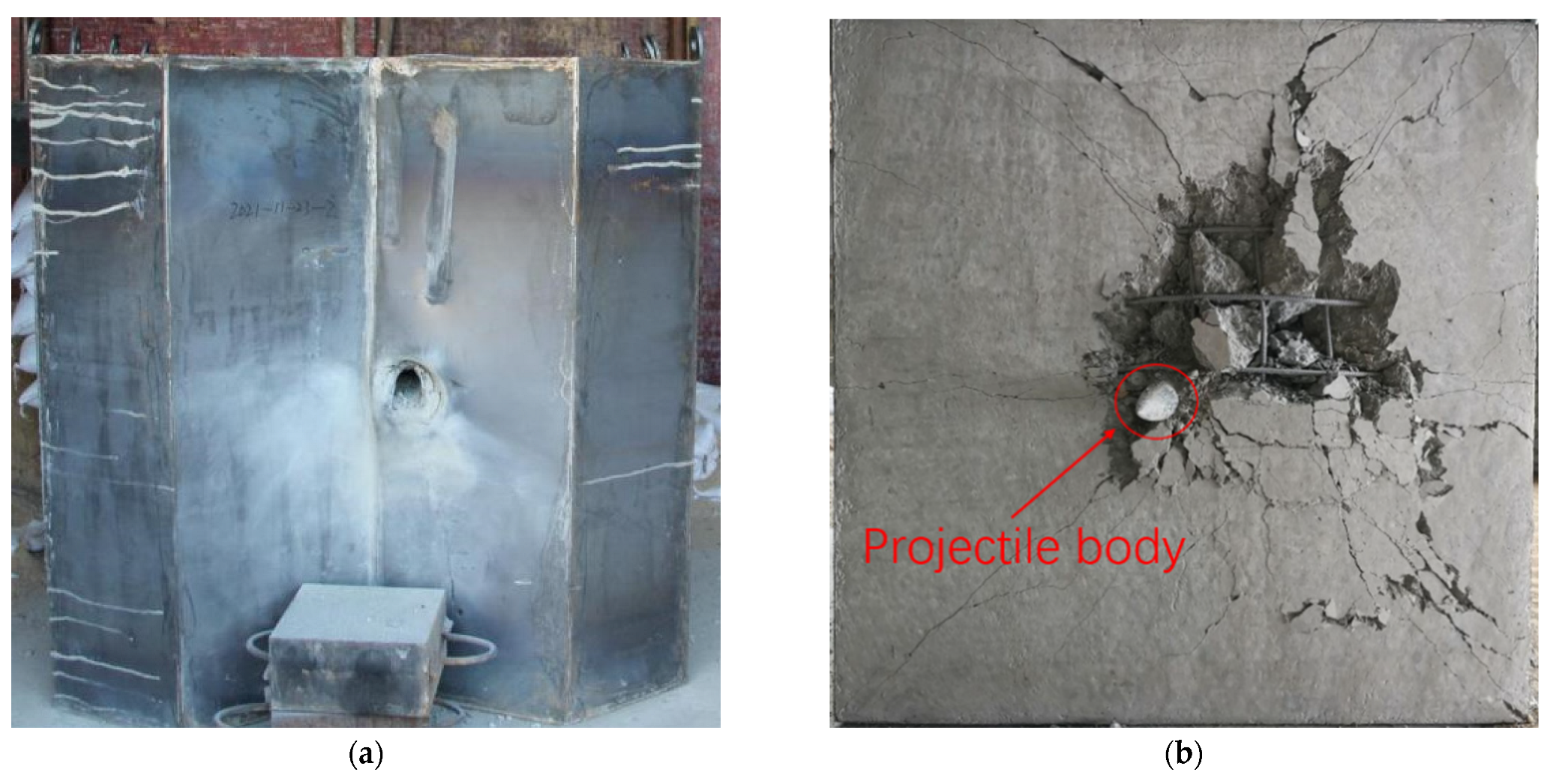
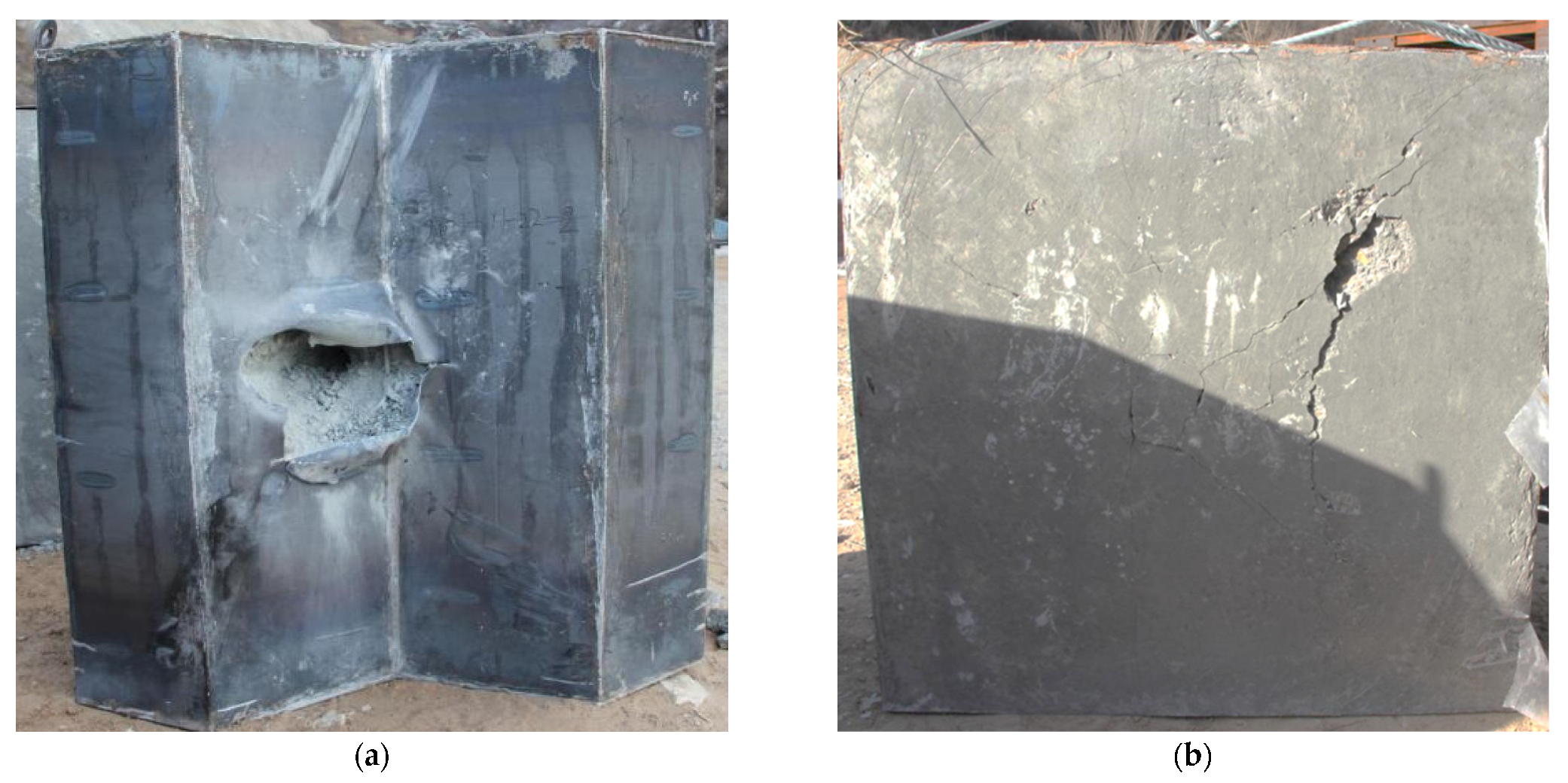
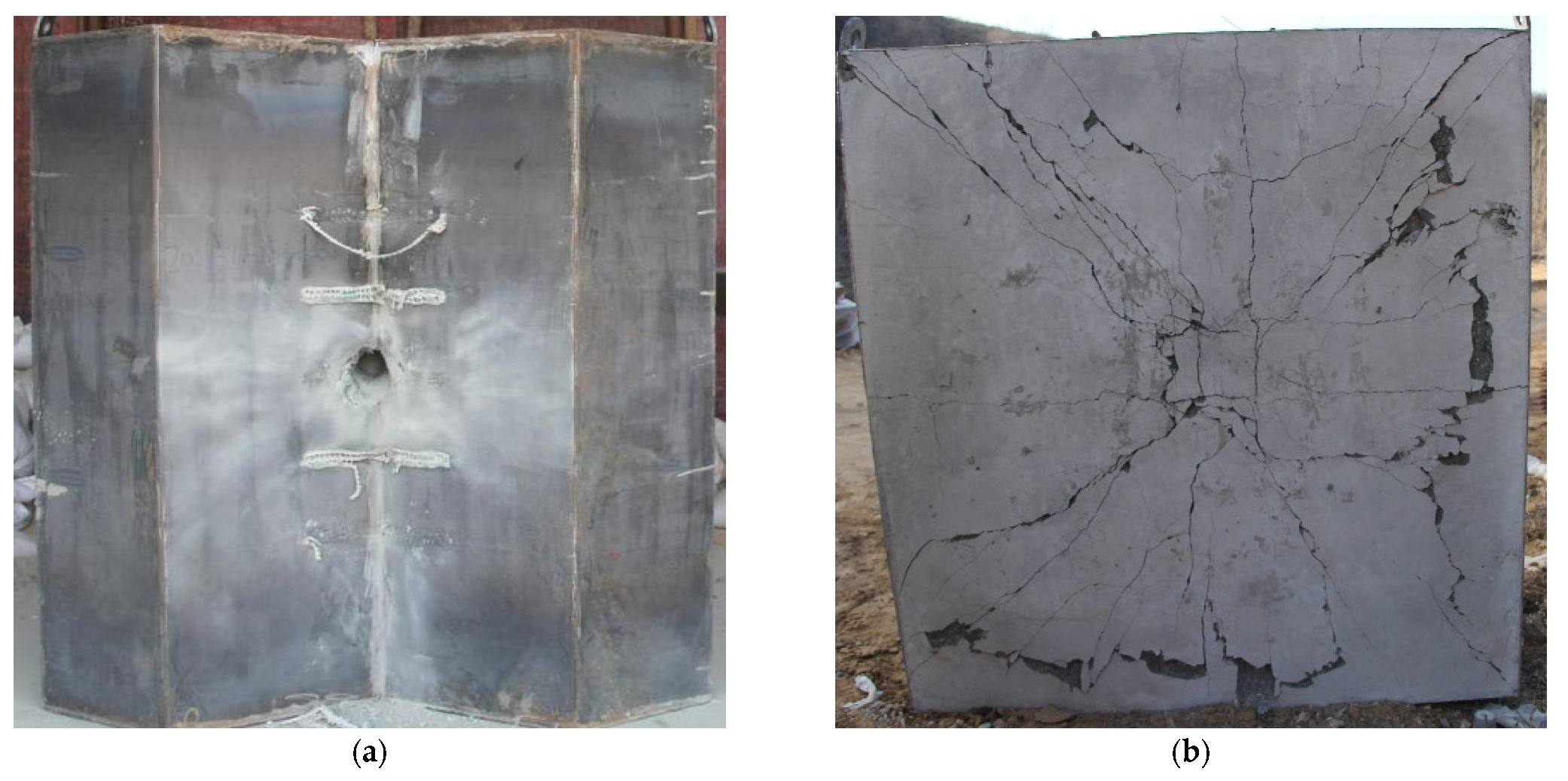
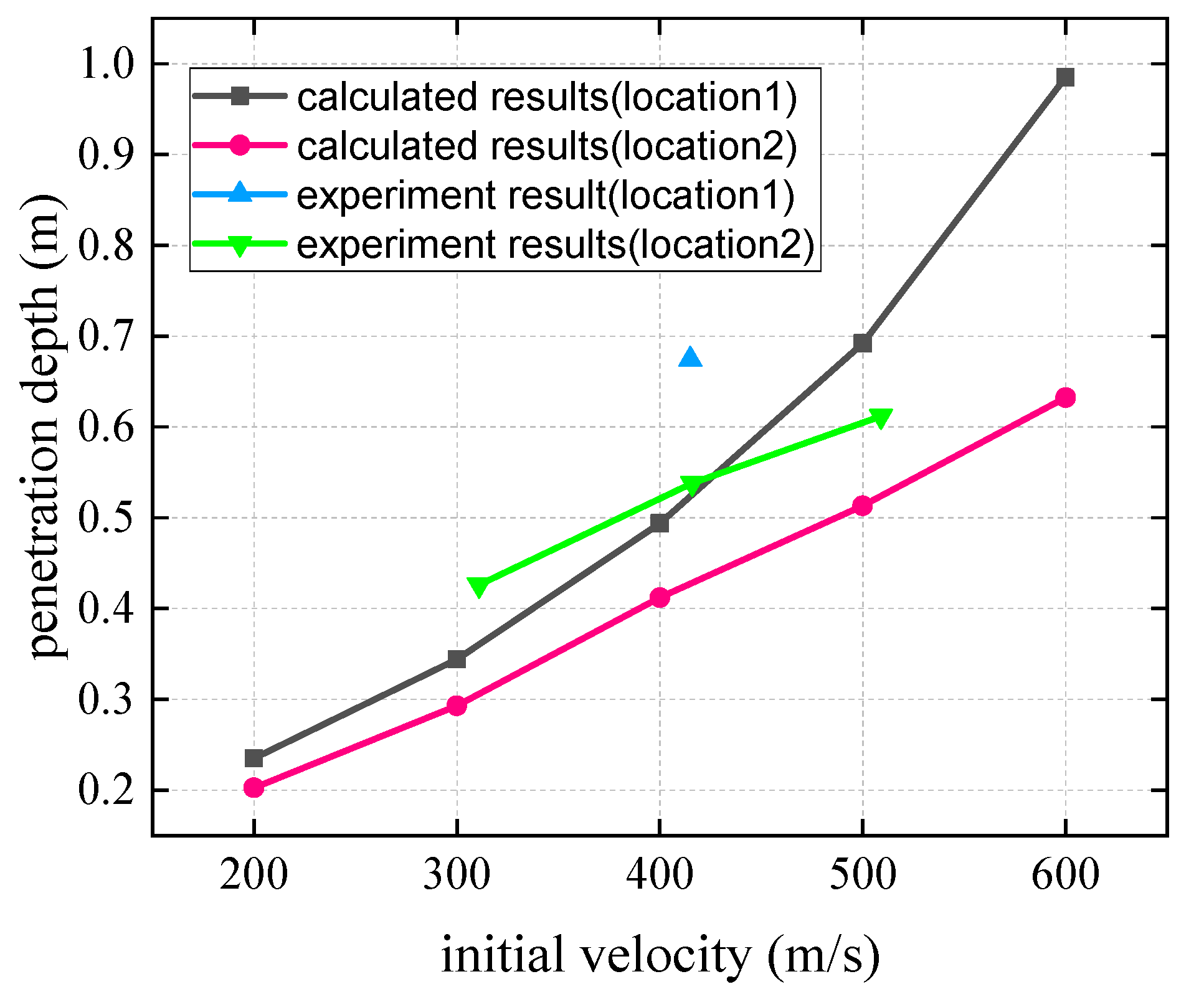
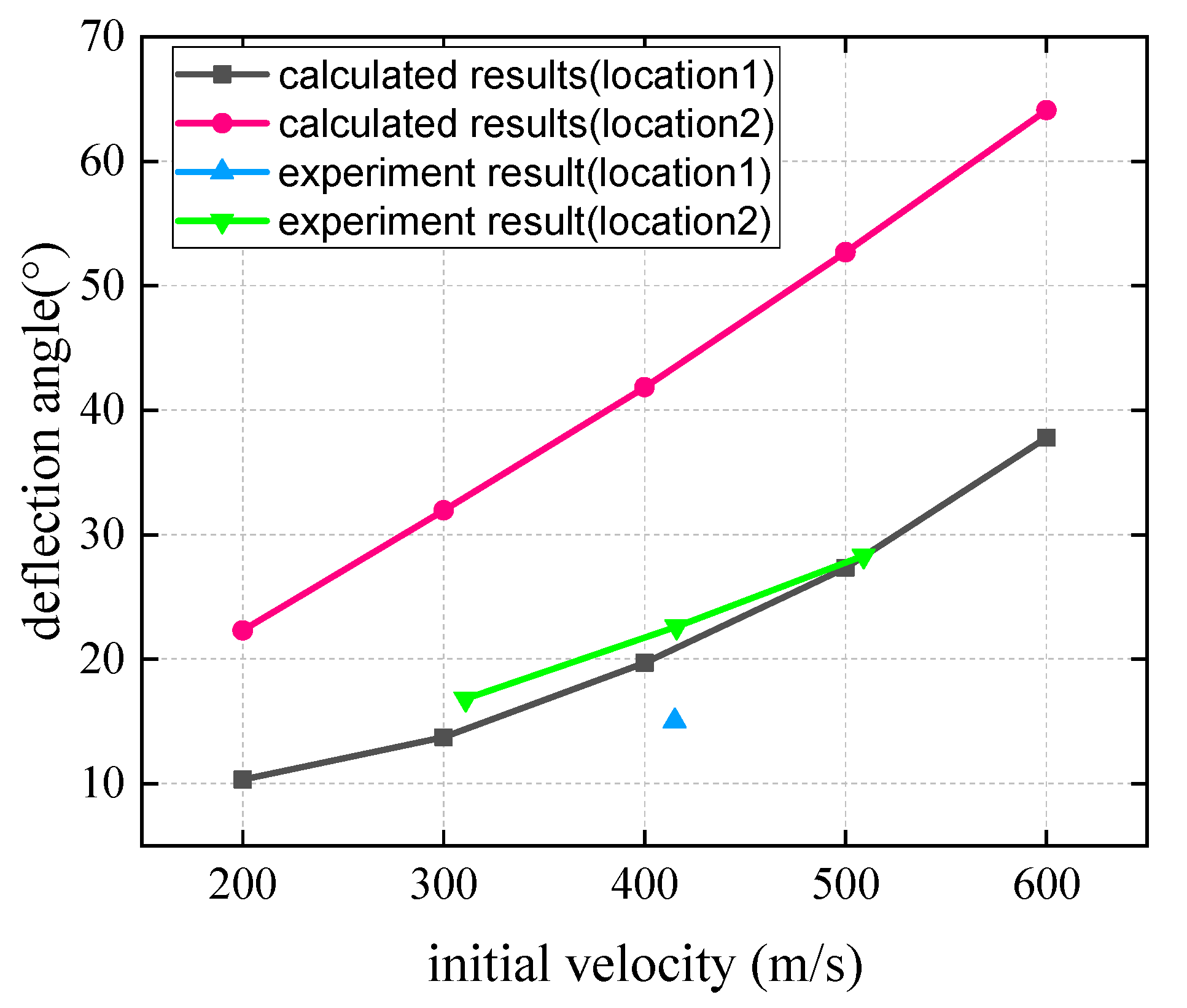
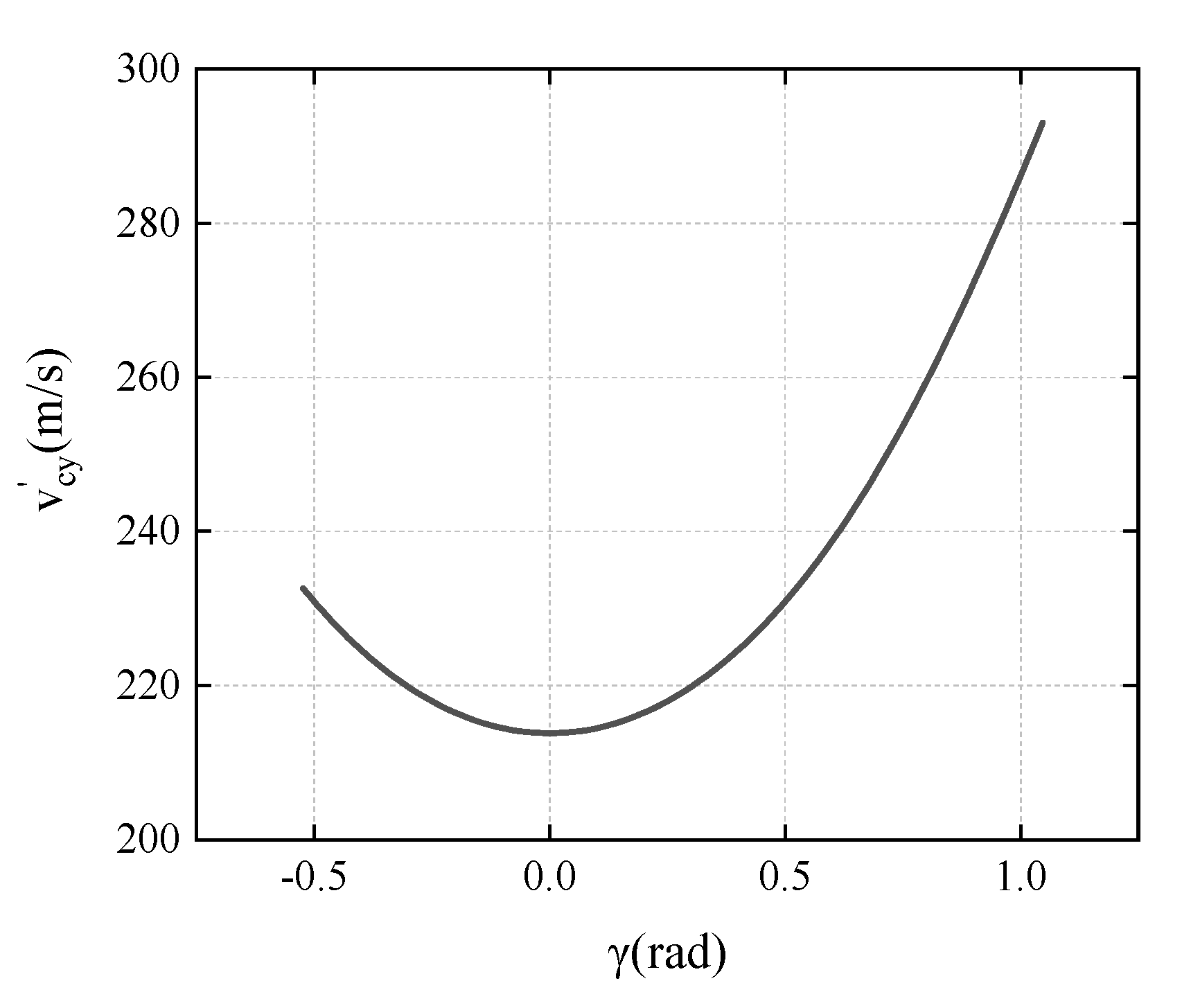
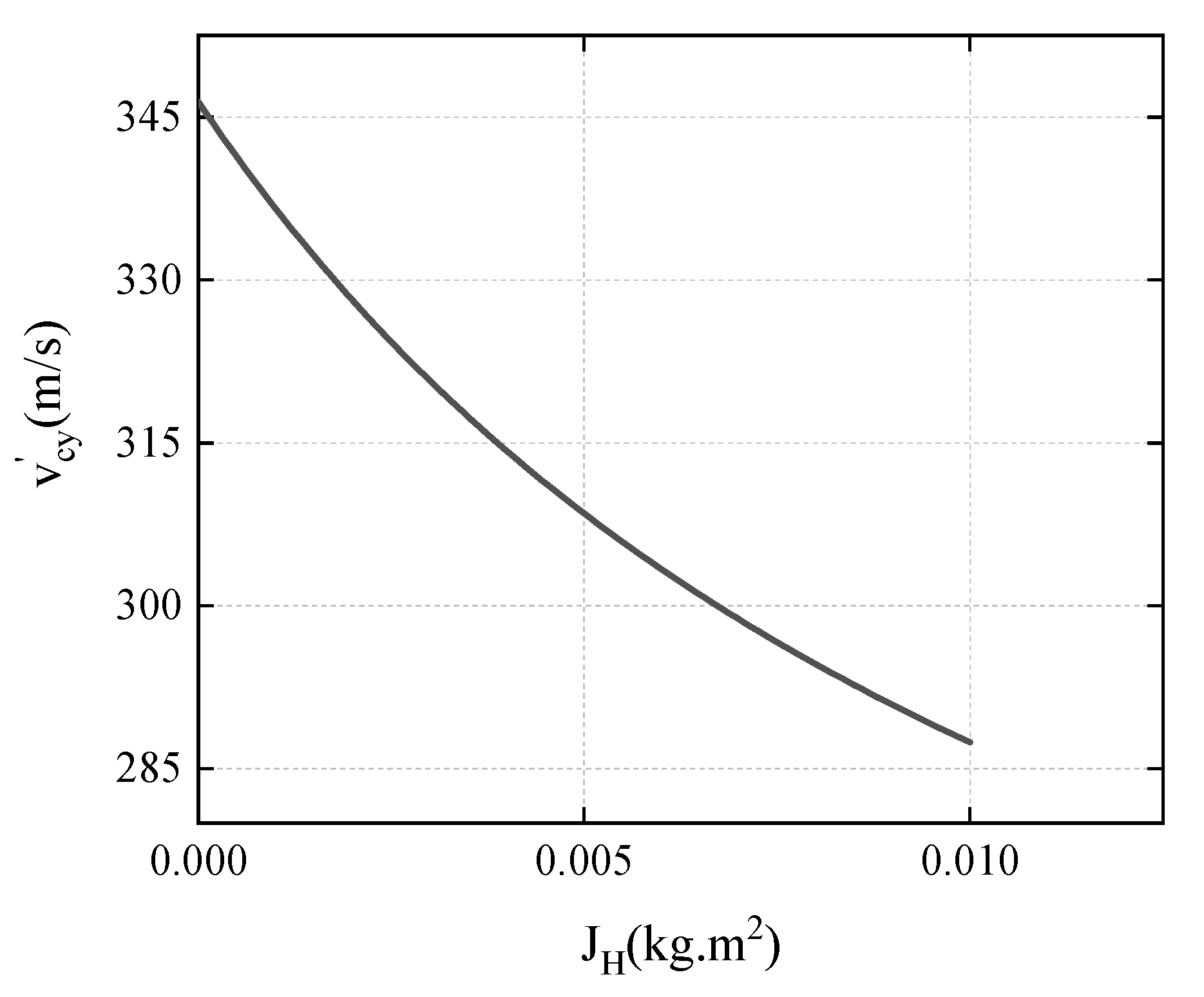
| Number | Types of Target Plates (With or Without Diamond-Shaped Moving Target) | Impact Position | Velocity of the Projectile (m/s) | DOP (mm) | Deflection Angle (Degree) |
|---|---|---|---|---|---|
| 1 | without | 2 | 393 | >800 (pierce) | 3.0 |
| 2 | with | 2 | 416 | 538 | 22.6 |
| 3 | with | 1 | 415 | 674 | 15.0 |
| 4 | with | 2 | 311 | 426 | 16.8 |
| 5 | with | 2 | 509 | 612 | 28.3 |
Publisher’s Note: MDPI stays neutral with regard to jurisdictional claims in published maps and institutional affiliations. |
© 2022 by the authors. Licensee MDPI, Basel, Switzerland. This article is an open access article distributed under the terms and conditions of the Creative Commons Attribution (CC BY) license (https://creativecommons.org/licenses/by/4.0/).
Share and Cite
Wu, Y.; Tao, X.; Liu, Y.; Zhang, Q.; Xue, Y. Analysis on Deflection of Projectile Penetrating into Composite Concrete Targets. Materials 2022, 15, 7871. https://doi.org/10.3390/ma15227871
Wu Y, Tao X, Liu Y, Zhang Q, Xue Y. Analysis on Deflection of Projectile Penetrating into Composite Concrete Targets. Materials. 2022; 15(22):7871. https://doi.org/10.3390/ma15227871
Chicago/Turabian StyleWu, Yingxiang, Xigui Tao, Yan Liu, Qingming Zhang, and Yijiang Xue. 2022. "Analysis on Deflection of Projectile Penetrating into Composite Concrete Targets" Materials 15, no. 22: 7871. https://doi.org/10.3390/ma15227871
APA StyleWu, Y., Tao, X., Liu, Y., Zhang, Q., & Xue, Y. (2022). Analysis on Deflection of Projectile Penetrating into Composite Concrete Targets. Materials, 15(22), 7871. https://doi.org/10.3390/ma15227871






